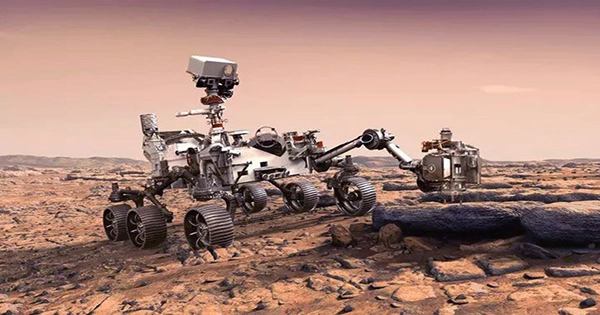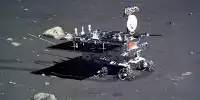Over 50 years have passed since the first Mars surface exploration. Nations have delivered 18 human-made items to Mars over 14 different missions, according to the United Nations Office for Outer Space Affairs. Despite the fact that many of these missions are still in progress, humankind has left a significant amount of trash on the surface of Mars from decades of exploration.
As a postdoctoral research associate, I investigate methods for tracking Mars and Moon rovers. NASA announced in mid-August 2022 that the Perseverance Mars rover had discovered another piece of garbage that had been thrown after landing, this time a tangled web of netting. Additionally, this is not the first time that rubbish has been discovered on Mars. That is due to how much is present.
On Mars, there are three main sources of debris: abandoned equipment, dormant spacecraft, and wrecked spacecraft.
A module that safeguards the spacecraft is necessary for every mission to the surface of Mars. This module has a heat barrier for when the craft travels through the atmosphere of the planet, a parachute, and landing equipment for a smooth touchdown.
As it descends, the craft throws away sections of the module, and these bits may land in various places on the planet’s surface. For example, a lower heat shield may land in one region while a parachute may land in another. It’s possible for this debris to shatter into smaller pieces when it hits the ground, as happened in 2021 during the landing of the Perseverance rover. The Martian winds then have the potential to blow these tiny fragments about.
Over the years, a lot of little, wind-blown rubbish has been discovered, including the netting material discovered most recently. A big, glittering thermal blanket was discovered by the Perseverance rover earlier in the year, on June 13, 2022, 1.25 miles (2 km) away from where it had landed. Both Opportunity in 2005 and Curiosity in 2012 discovered leftover parts of their landing craft.
Wrecked and dead spaceships: The following category of debris is made up of the nine spacecraft that are currently not in operation. The Mars 3 lander, Mars 6 lander, Viking 1 and Viking 2 landers, the Sojourner rover, the Beagle 2 lander that was once lost, the Phoenix lander, the Spirit rover, and the most recent spacecraft to die, the Opportunity rover, are among these ships. These might be viewed as historical relics rather than rubbish because they are largely undamaged.
Everything on the Martian surface experiences wears and tear. A few pieces of Curiosity’s aluminum wheels have broken off and are likely lying around along its path. In July 2021, Perseverance intentionally dropped a drill bit into the surface so it could replace it with a brand-new, clean bit and continue gathering samples.
Another big source of rubbish is the fragments of destroyed spacecraft. At least two spacecraft have crashed, while four more have lost contact just prior to or immediately following landing. The most challenging aspect of any Mars landing mission is safely descending to the planet’s surface, and it doesn’t always go smoothly.
The combined mass of every spacecraft that has ever been deployed to Mars is around 22,000 pounds (9979 kilograms). There are 15,694 pounds (7,119 kilograms) of human waste on Mars after deducting the 6,306 pounds (2,860 kilograms) of the vessel that is now in operation on the surface.
Currently, the risk that waste on Mars poses to ongoing and upcoming missions is the top concern among scientists. The Perseverance teams are keeping track of every piece of debris they come across and looking for anything that can taint the samples the rover is gathering. NASA engineers have also thought about the possibility that Perseverance might become entangled in landing debris, although they have determined the risk is low.
The significance of the Martian debris comes from its historical context. The spacecraft and their components are the first steps toward planetary exploration by humans.















